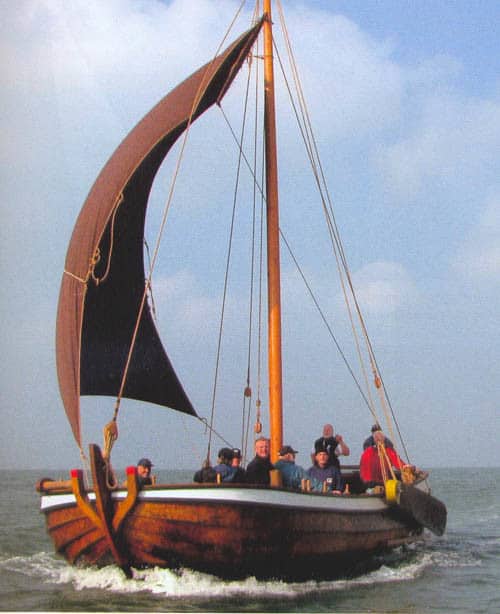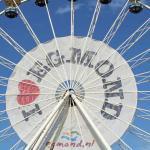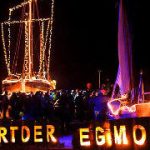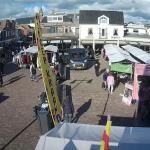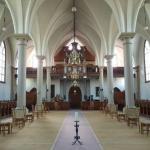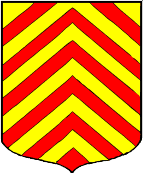
The origins of the Fisheries in Egmond aan Zee
The very beginning
After St. Adelbert, coming from Ireland as a follower of Willibrord, preached the Gospel in Kennemerland and was venerated as a saint after his death, his name was attached to the stone monastery in Egmond Binnen, which was built 2 centuries after his death around 950 to replace a wooden chapel founded earlier. Around this monastery, to support the Benedictine monks and the surrounding population, hunting, animal husbandry, agriculture and also fishing developed.
Fishing took place on the inland lakes, which were then connected to the North Sea via the former Zuiderzee and other estuaries. This was a poverty-stricken existence, all the more so because the connection to the sea holes became more and more silted up, and the population became very impoverished as a result.
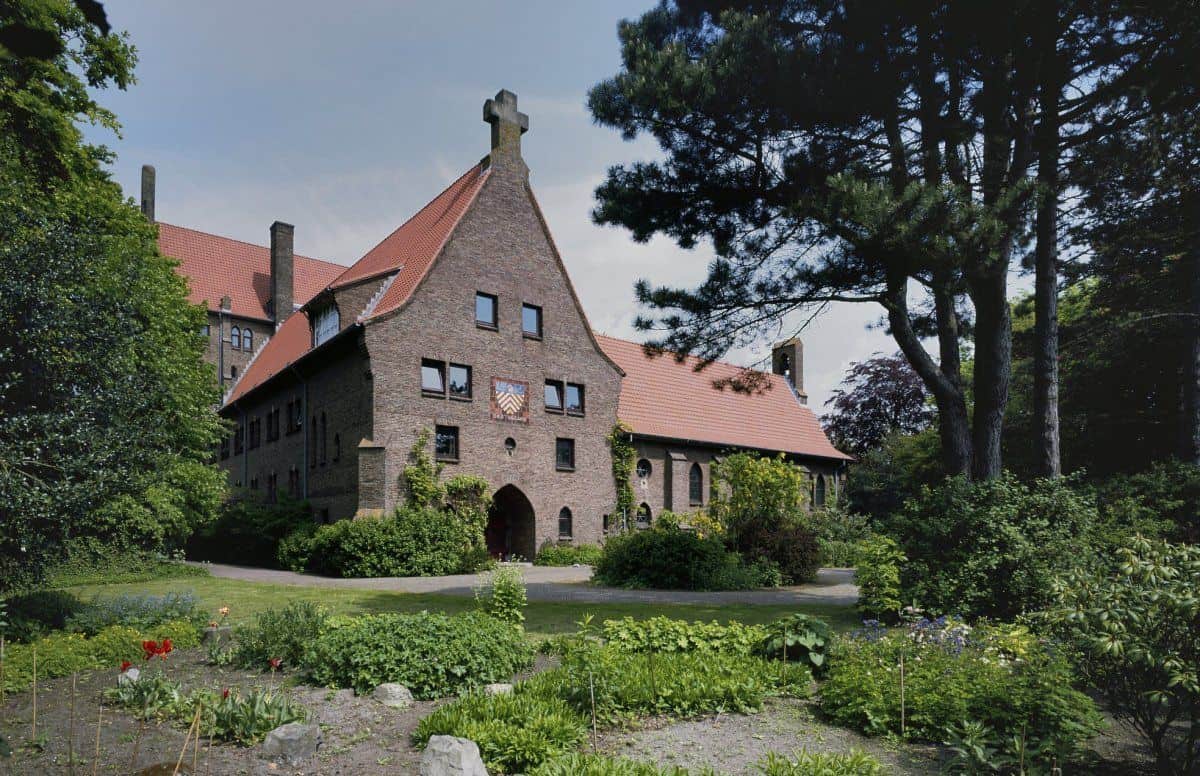
The first Pinck
Around the year 1400 the so-called Pinck, at that time a flat-bottomed vessel of about 5.50 to 6 meters by about 2.5 meters wide, originated at Egmond aan Zee. The little ship with a pleat fore and aft, was built overnaad with a completely flat bottom, so that after the ship was built, it could be transported to the beach on rollers from the barge shed. Arriving on the beach, it was further equipped with nets, fishing lines and whatever else was needed for fishing. Then the pinck was brought to the low tide line, an anchor was dropped with a small rowboat, and with the rising tide the pinck came afloat. Thus fishing trip after fishing trip was done, always taking into account the tide. In bad weather, these pincks could be pulled up against the base of the dune or even back into the village if necessary.
Other coastal towns adopted the ship type, the best known being Scheveningen and Katwijk. Other places were Ter Heide, Noordwijk, Zandvoort, Wijk aan Zee, less known also Bergen and Schoorl, then Petten, Callantsoog and Huisduinen.
The main season for fishermen was in the winter months from November to May. The fishermen were accepted from St. Martin to Pentecost. From November to January, angling was used for haddock and cod, then until May, standing rigging or seining was used for plaice and other flatfish. Also, angling was again used for haddock and whiting. Summer was a slack time. The larger pincks were used for merchant shipping at that time. In July 1440, an Egmond Pinck laden with wool lay in the harbor of Happisburgh (20 kilometers north of Great Yarmouth).
